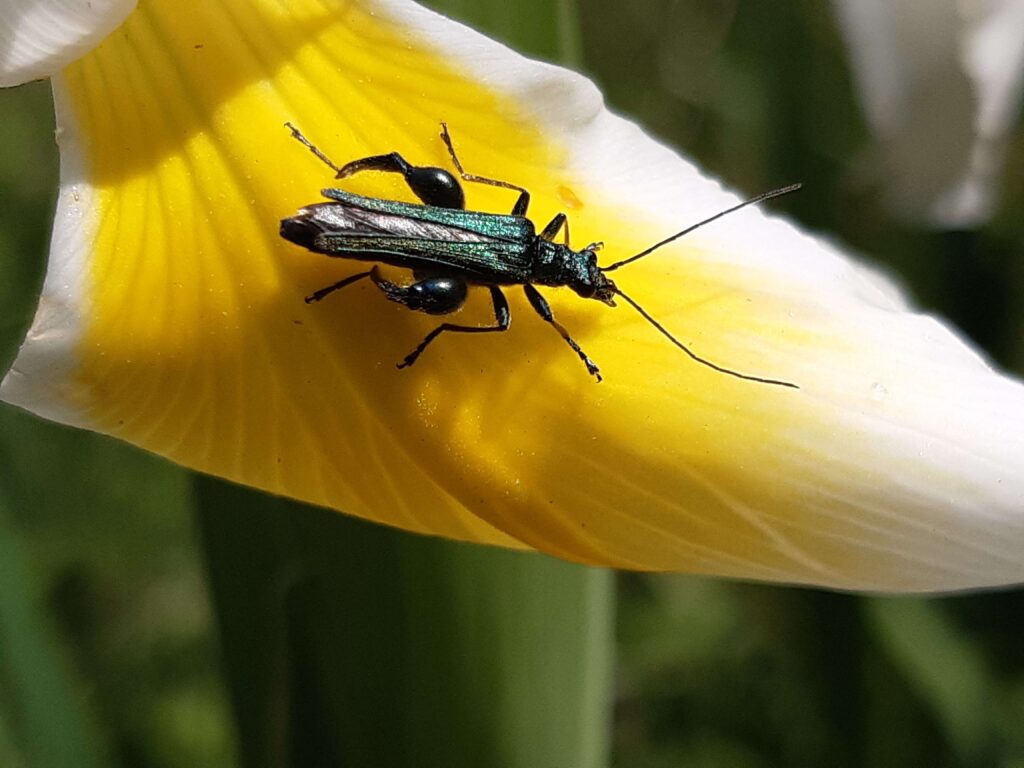
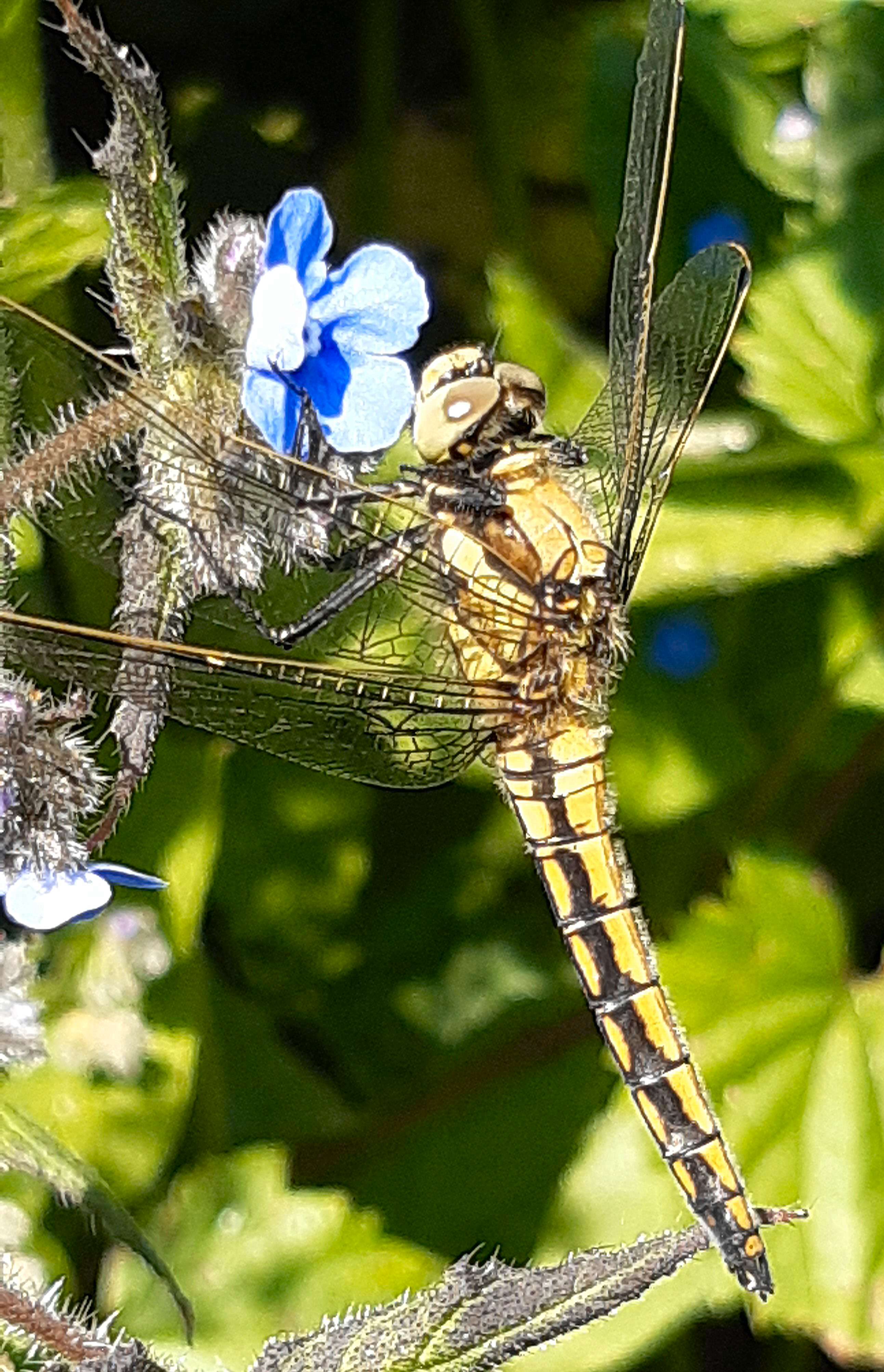


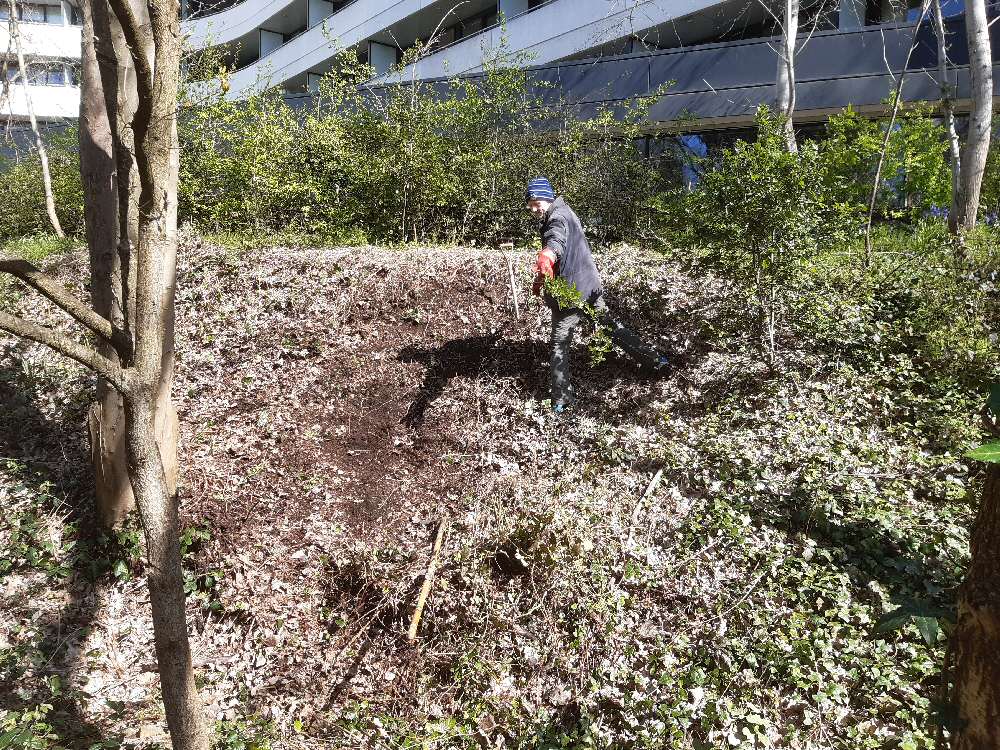
For many years, we – London Wildlife Trust and its volunteers – have mainly tried to keep Gunnersbury Triangle open and usable: the paths not blocked by fallen trees or too tightly hemmed in by encroaching brambles, edged variously with low fences, deadhedges, a ditch or two. lines of loggery posts to nudge people to stay on the path while giving the stag beetle larvae a bit of habitat, or failing all else just long heavy logs laid on the ground end to end.
Apart from that, we’ve done what we can to stop the meadows vanishing under bramble, repaired or replaced benches and boardwalks, and left the rest of the reserve more or less to its own devices.
That has meant that much of the reserve has been heavily wooded, with a rather dense canopy, a shaded woodland floor, and a mass of ivy and bramble that has got pretty much everywhere. That’s a class 3 or degraded woodland, where the ideal is a pretty and species-diverse floral ground cover – a bluebell wood, say, or dog’s mercury, or any of the flowers adapted to pop up in spring before the deciduous trees that form the canopy come into leaf and cut out the light to the smaller plants beneath them.
Well, at last we’ve started to have a go at habitat restoration. The areas most suitable for the effort are those where the tree canopy is thinnest, so forest floor herbs have a decent amount of light throughout the summer. The north bank is clearly an ideal choice here, as it’s south-facing and in many places relatively open; it’s also less likely to be trodden down because of its steepness. If it has a disadvantage it may be that it’s very free-draining, and may get dry quickly in a hot summer.
Be that as it may, we’ve now spent a couple of sessions digging out brambles, clearing dead wood, and pulling the ivy from the ground. A heavy metal rake makes quick if tiring work of removing the ivy. With all the rain we’ve had recently, all but the biggest brambles come out satisfyingly and permanently by the roots when pulled, which they certainly don’t in a dry period.
In the photo above, you can see an uncleared bit of woodland floor on the right, and a cleared area on the left. We managed to clear a 30-foot length of the north bank in one session today. Maybe we’ll get all the way up to the rather fine bluebell patch next time.
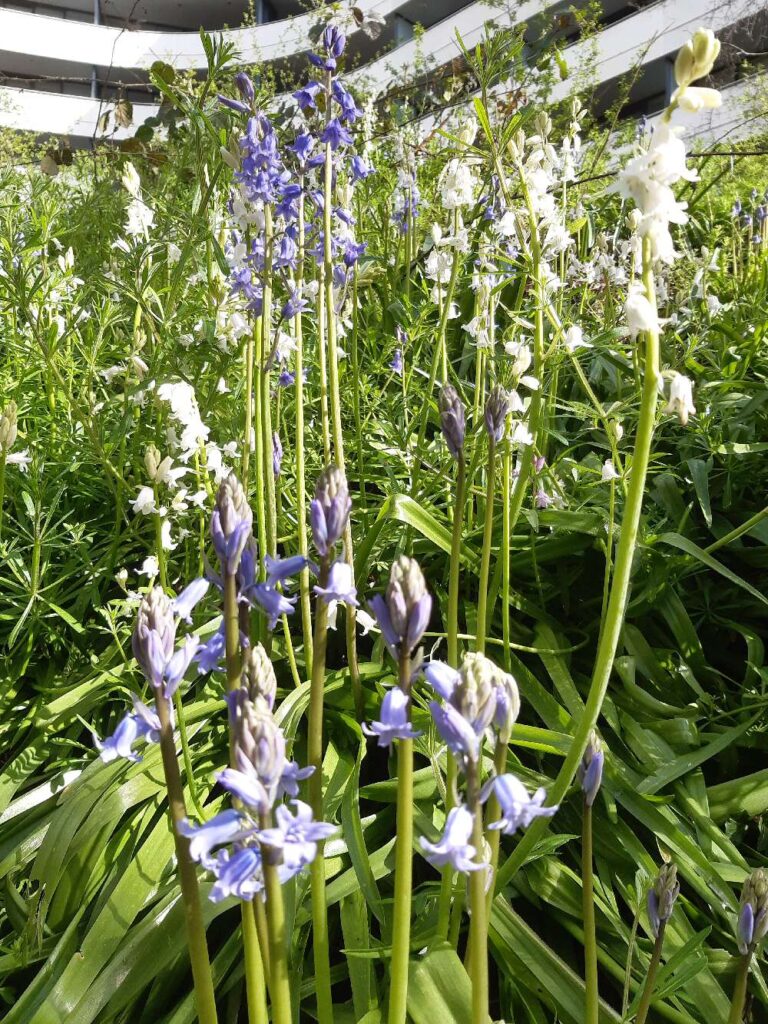
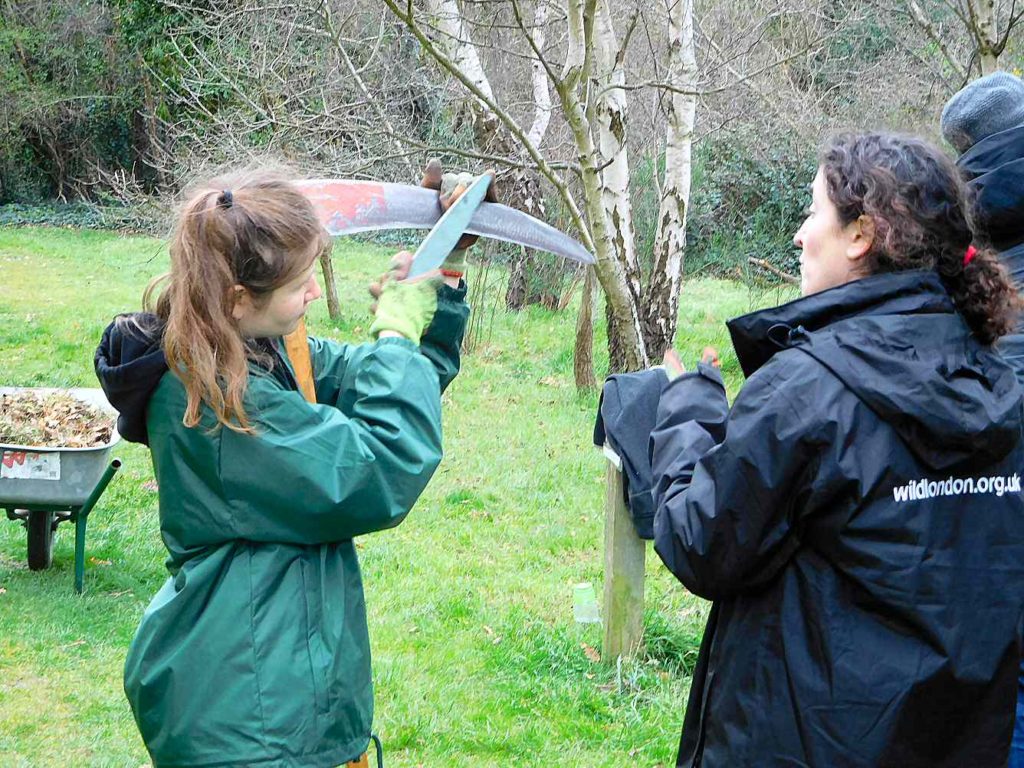
The first day of spring, and a Chiffchaff was singing down in the reserve. The hawthorn hedge, laid last year, is springing up into fresh green and thickening up nicely.
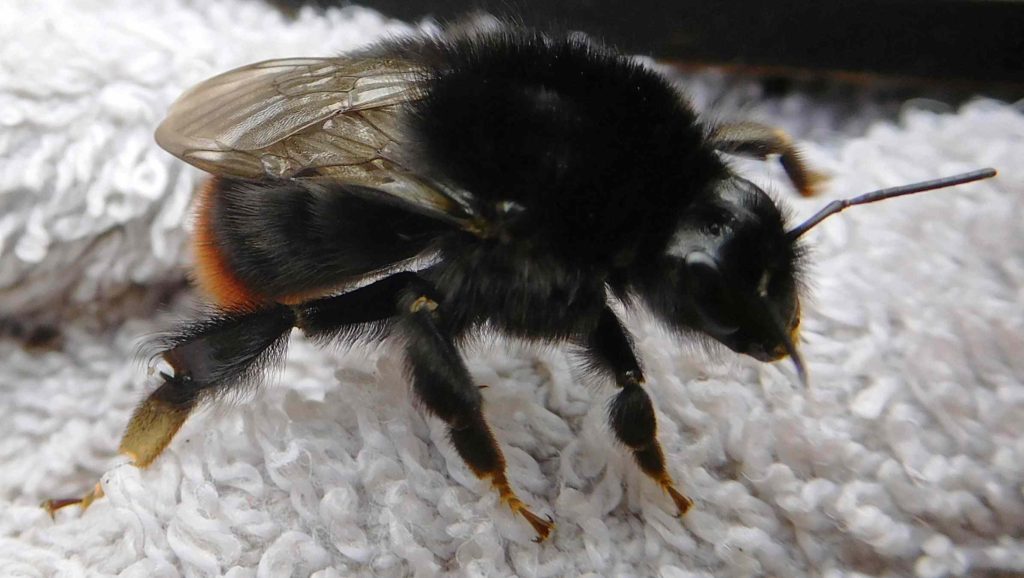
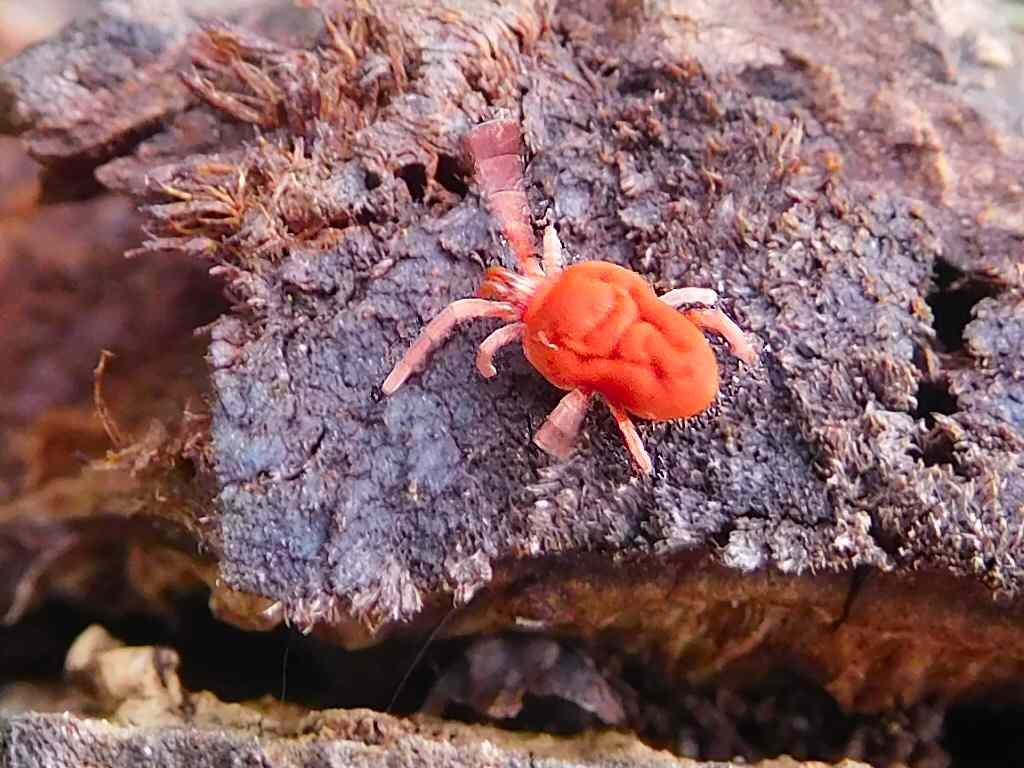
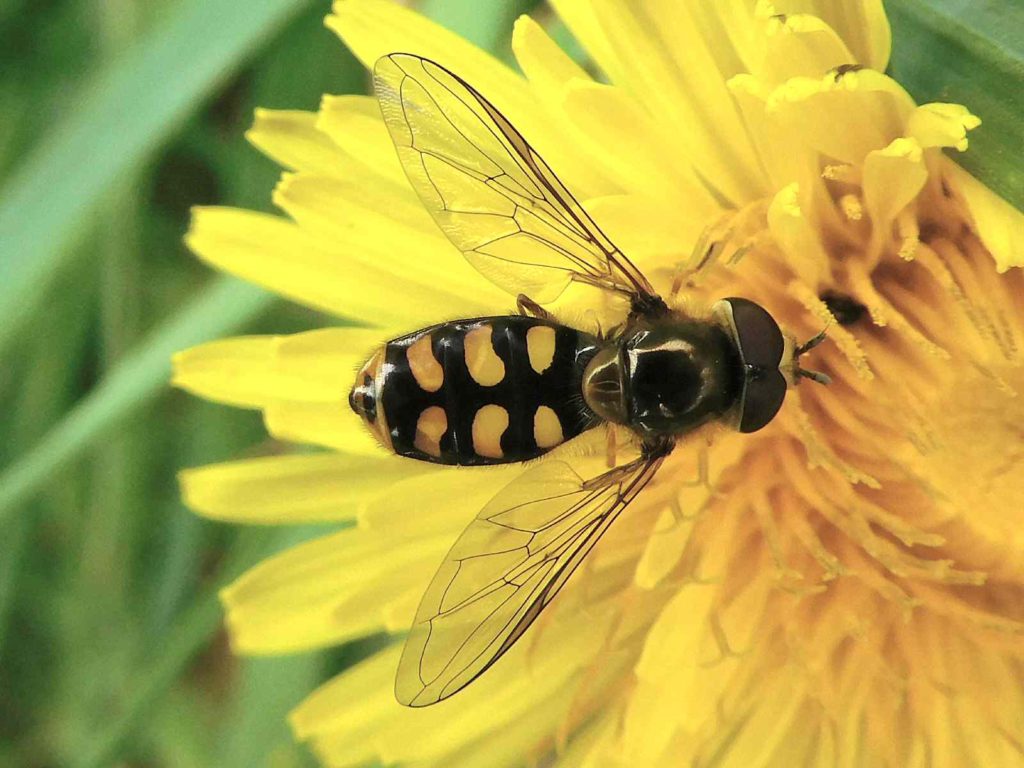
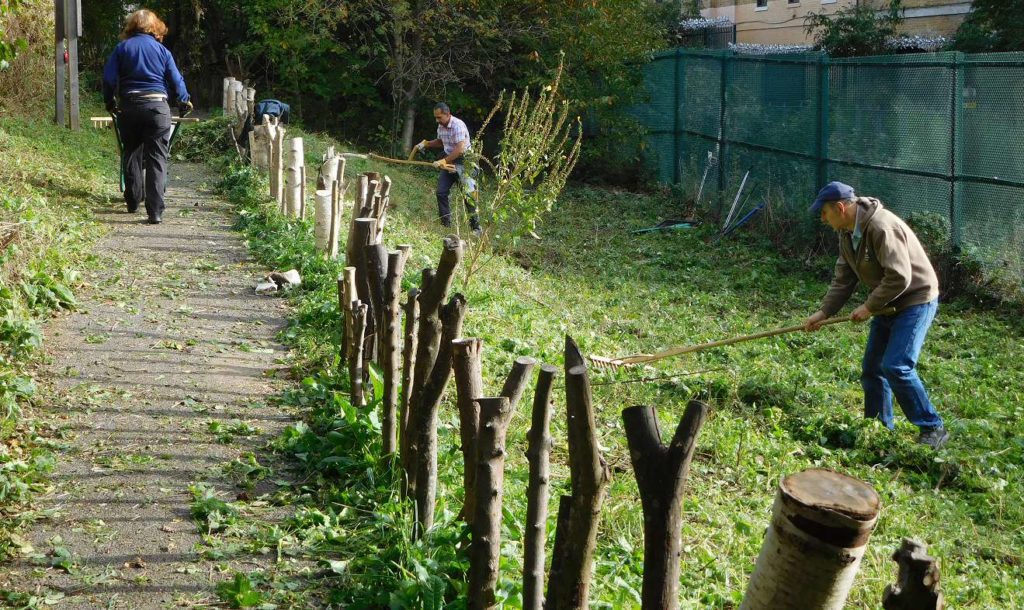
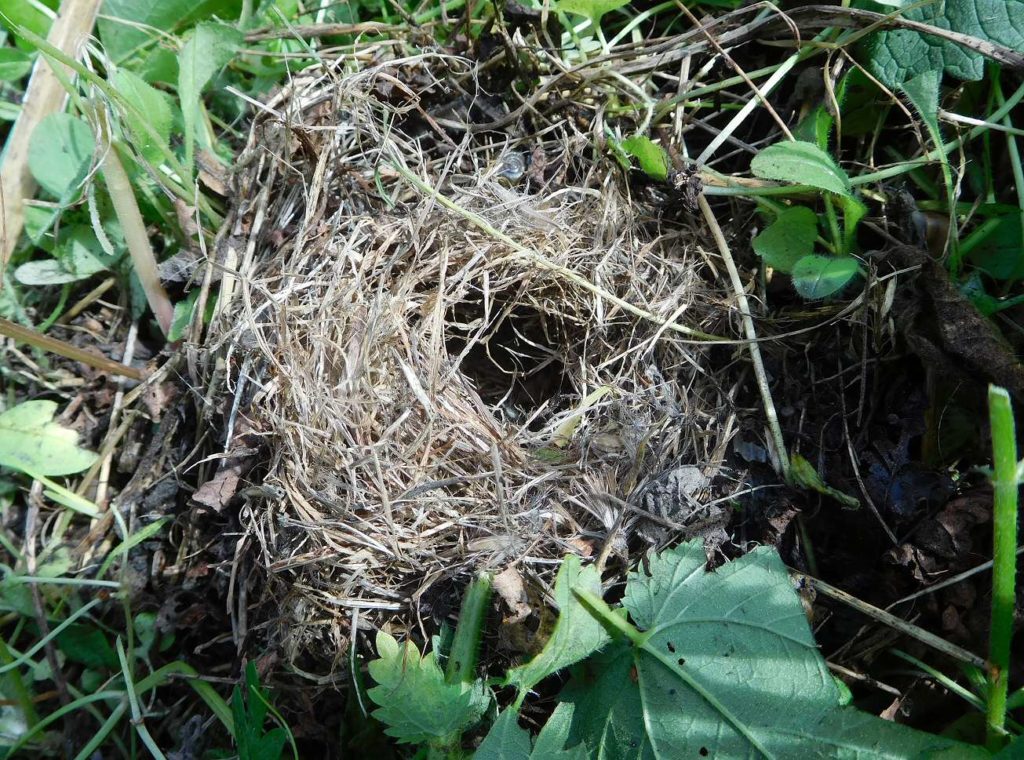
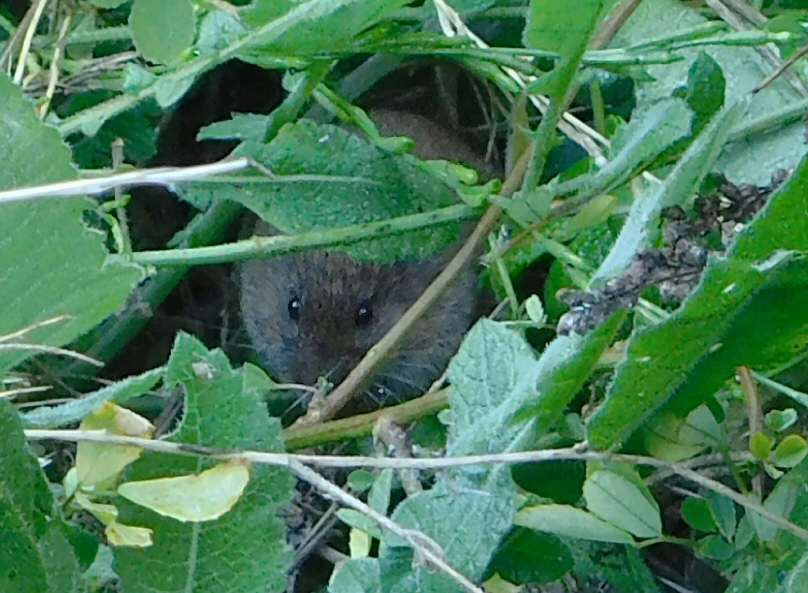
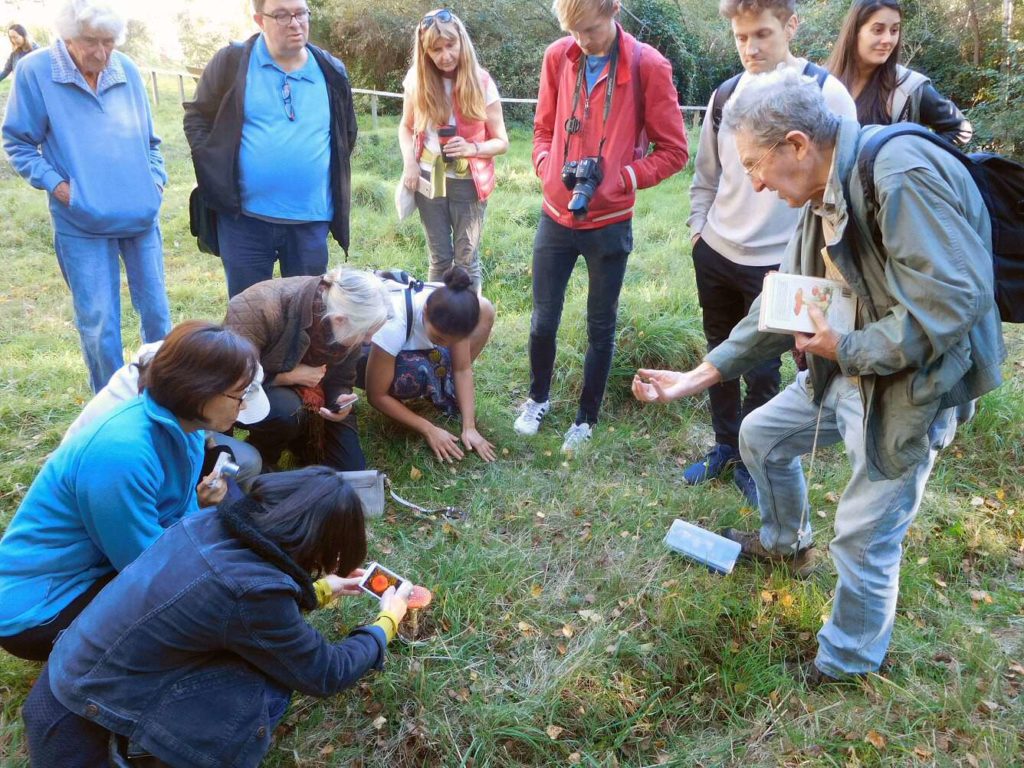
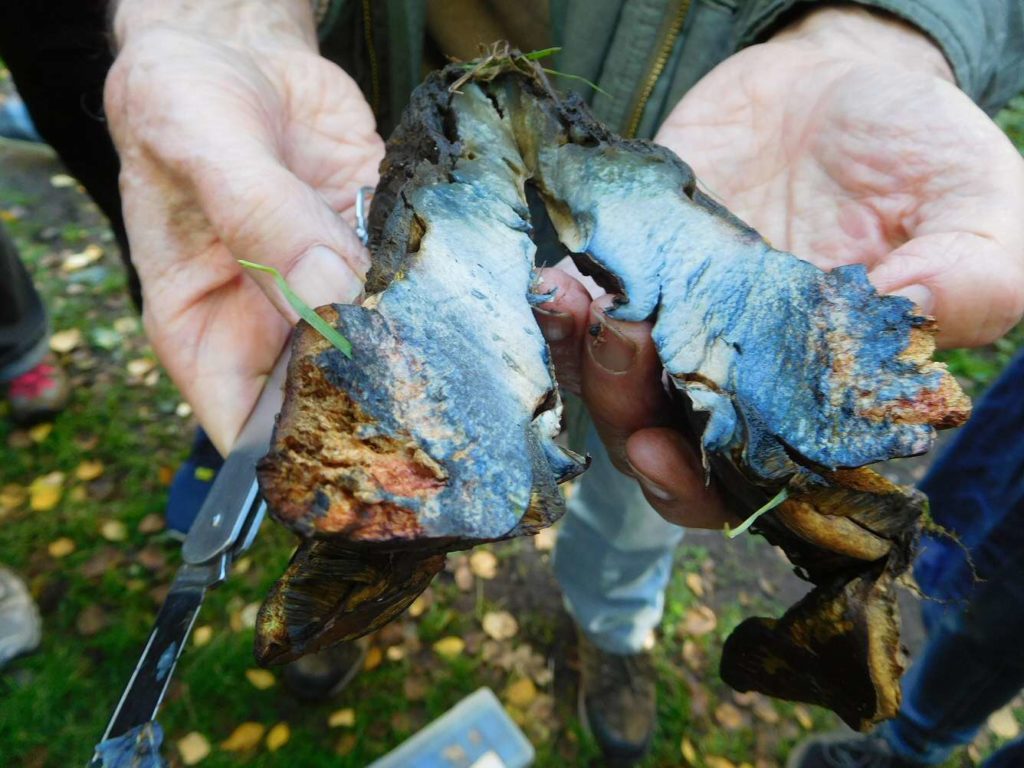
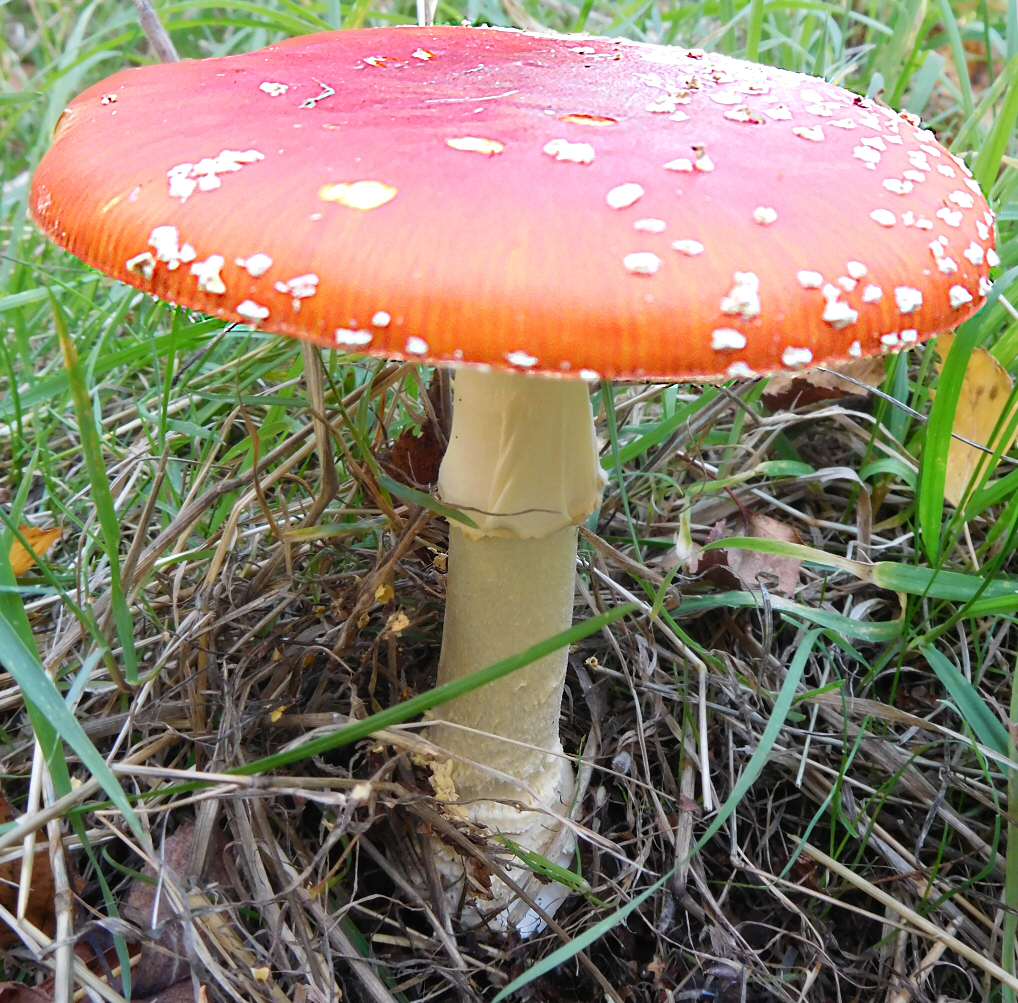
It was a beautifully sunny and warm late October day, and Alick was pessimistic. It had been far too dry for weeks and there would be very few fungi on the walk. But he admitted that children were very good at spotting mushrooms.
They were. We found 31 species, more if you count the small Ascomycetes of the kinds whose fruiting bodies are little dots on rotting twigs. Some indeed like the Fly Agaric and the Scarletina Bolete were large, colourful, and spectacular; others smaller and quieter, but often also beautiful, and all fascinating. None were stranger than Crepidotus mollis, the Peeling Oysterling, a bracket-shaped gill mushroom with a peeling cuticle, and an extraordinary jelly-like consistency revealed by gently stretching the cap, as shown in the photo.
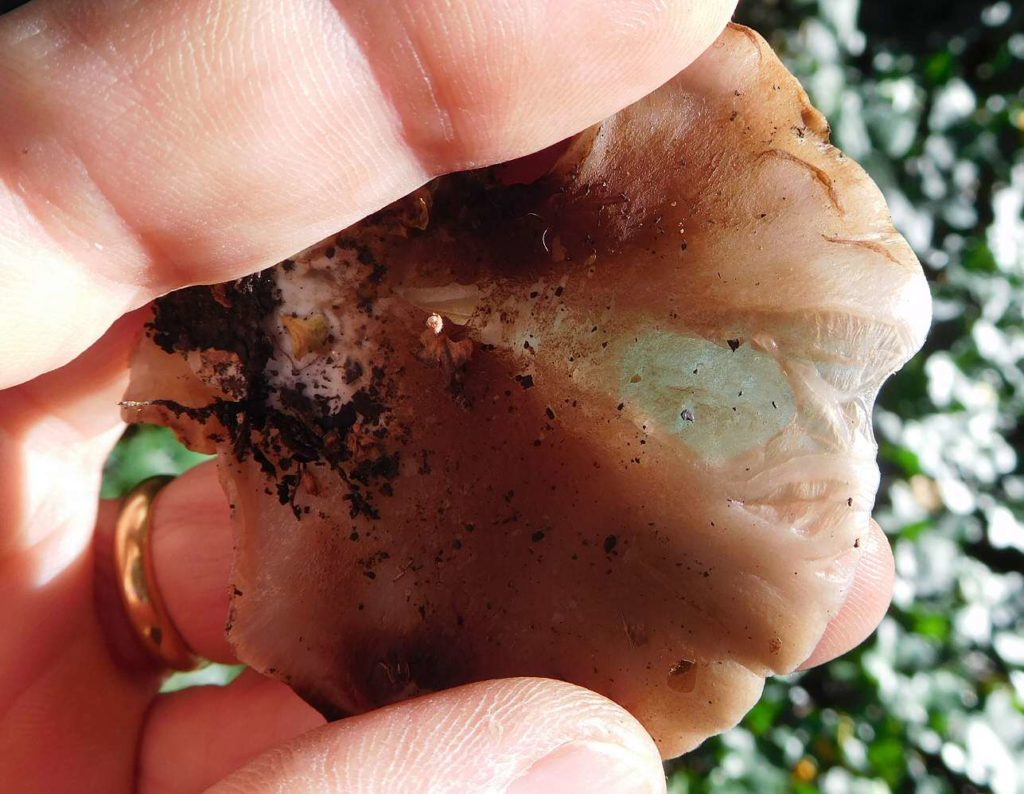
Alick Henrici writes that he found four species new to the reserve during the Fungus Foray:
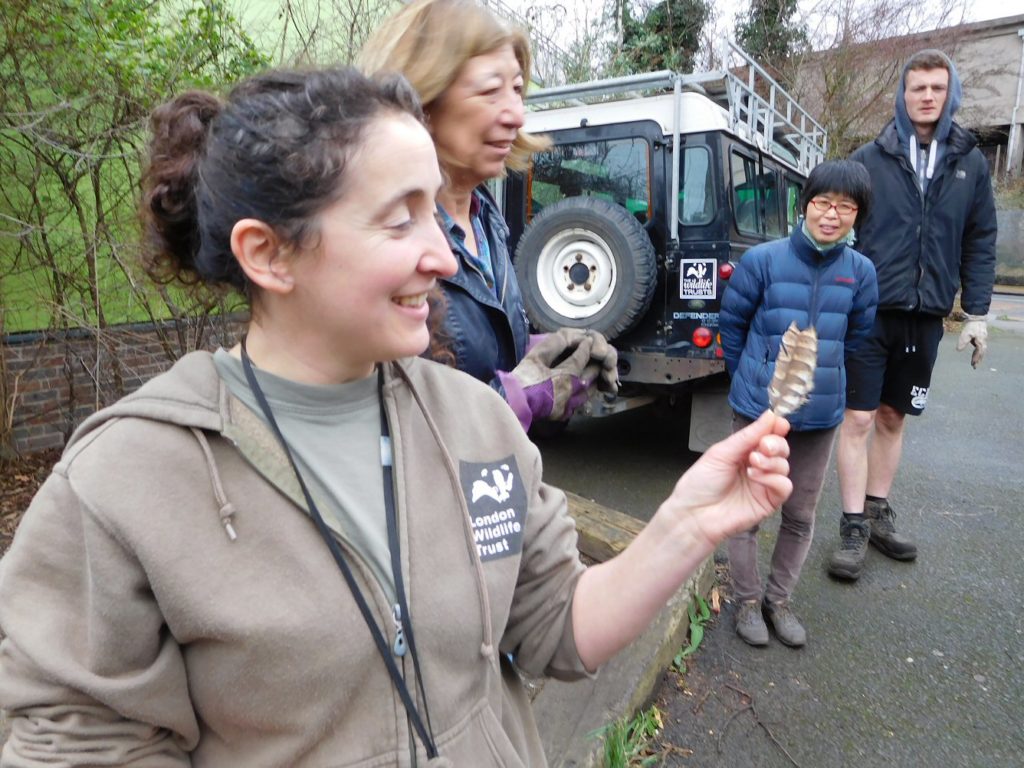
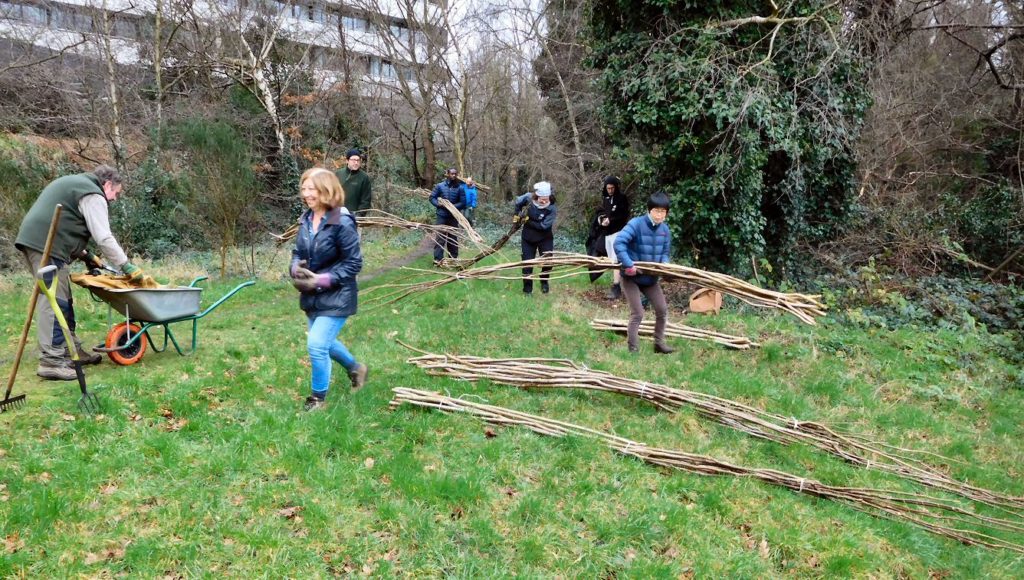
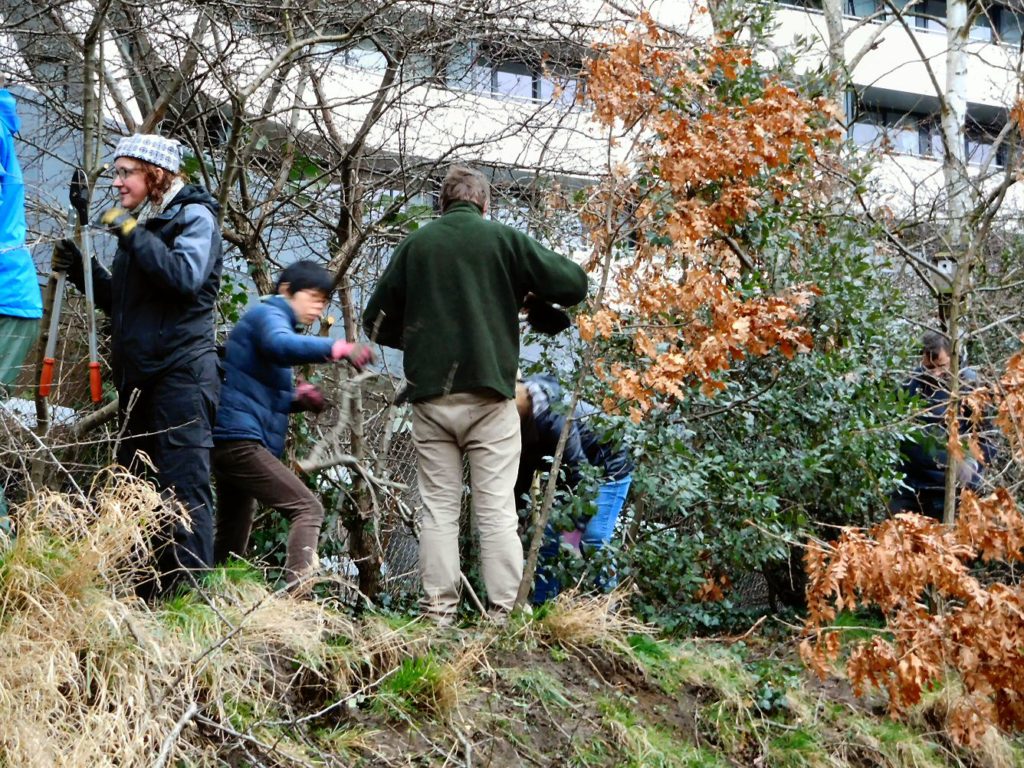
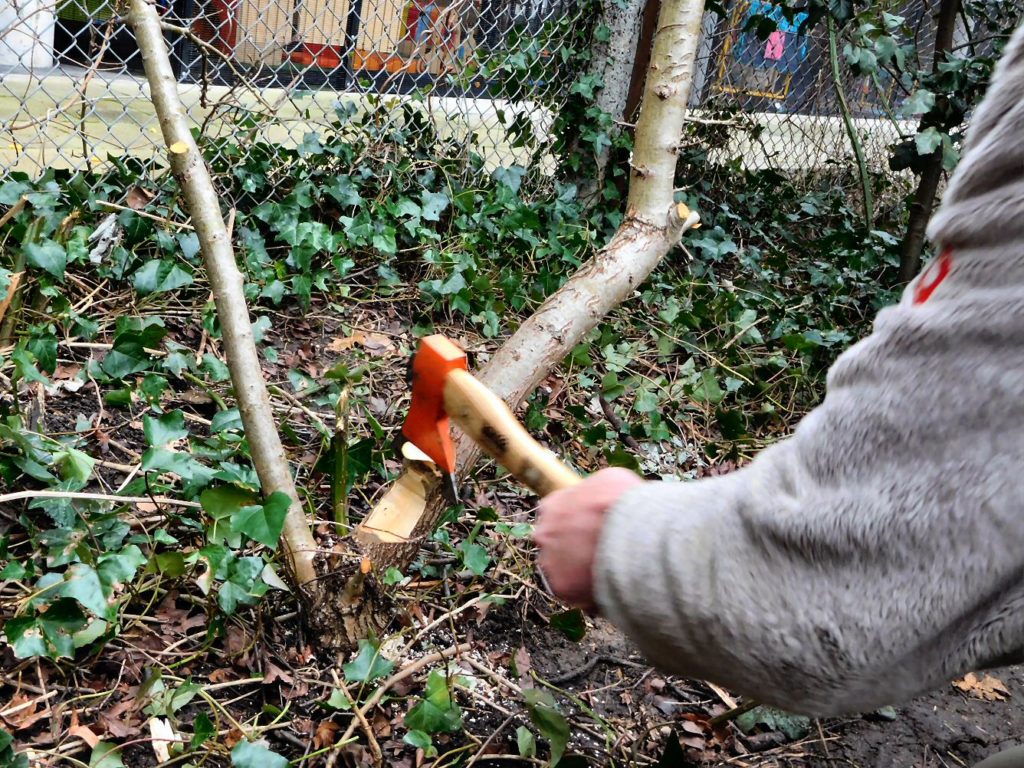
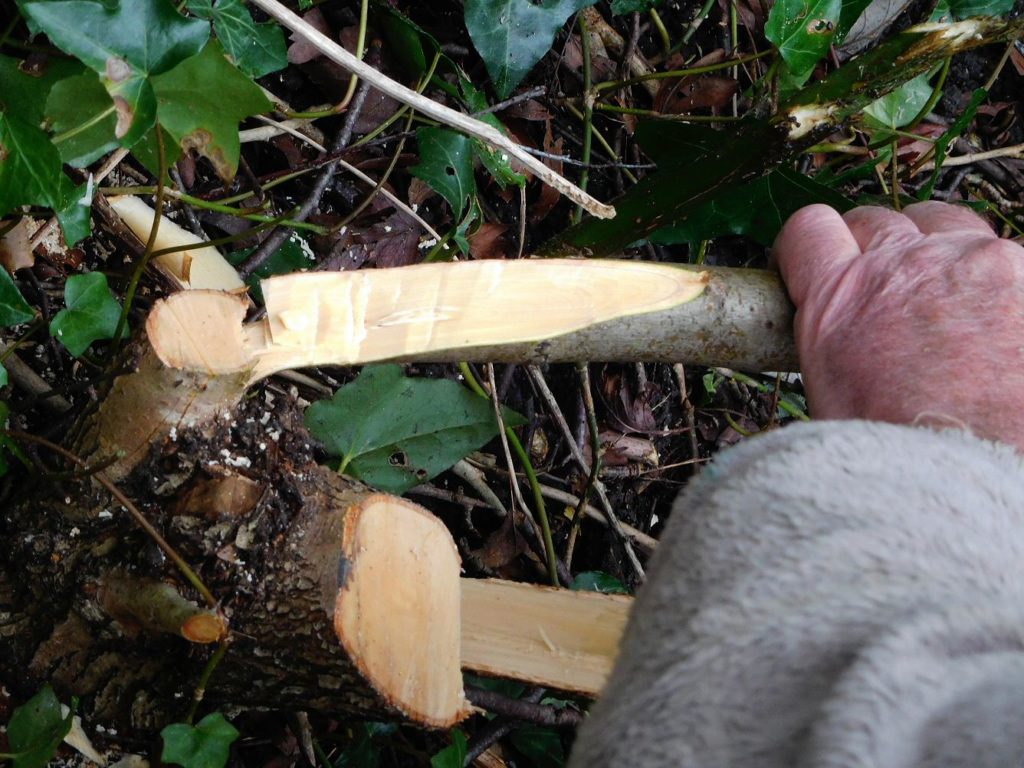
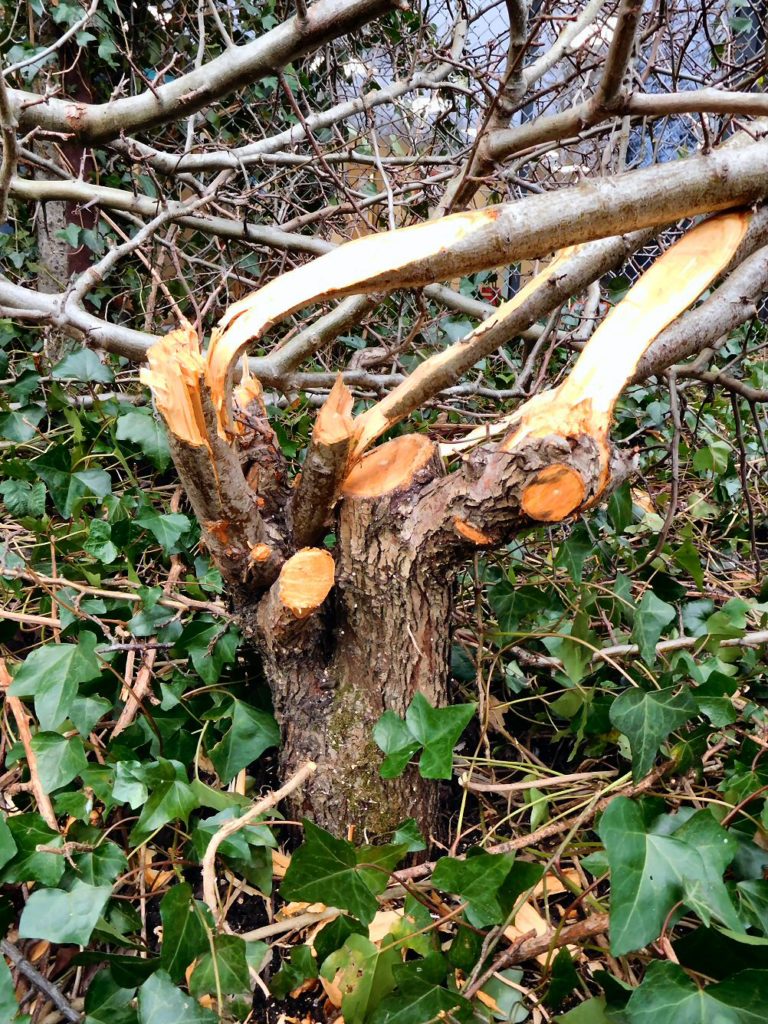
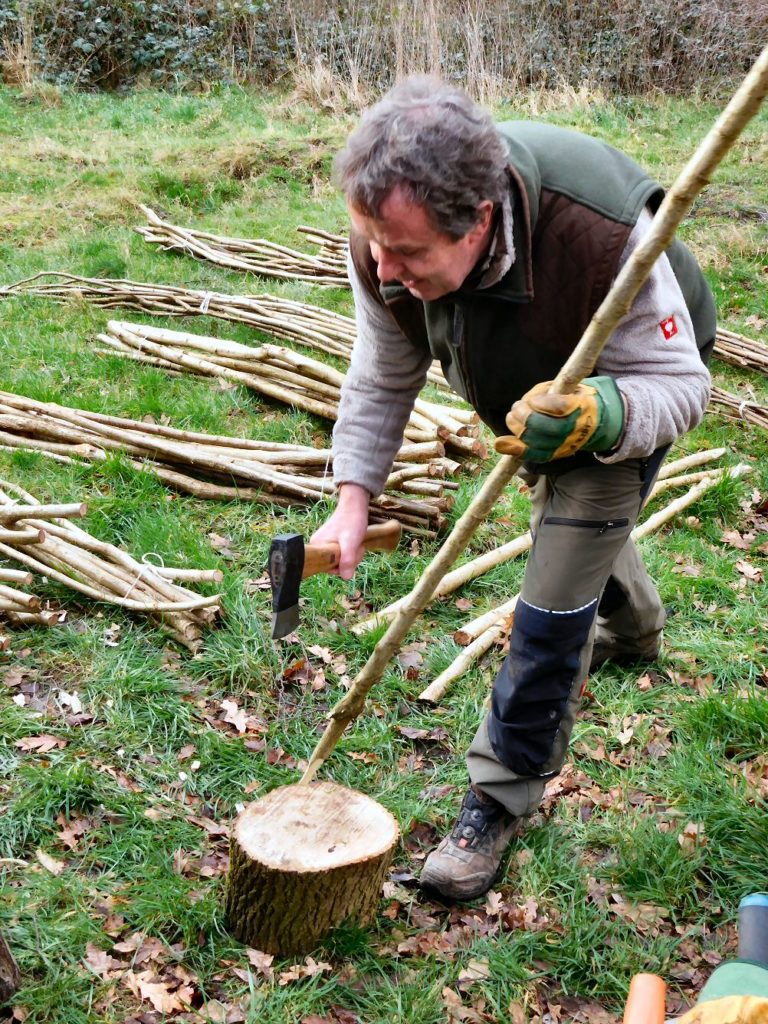
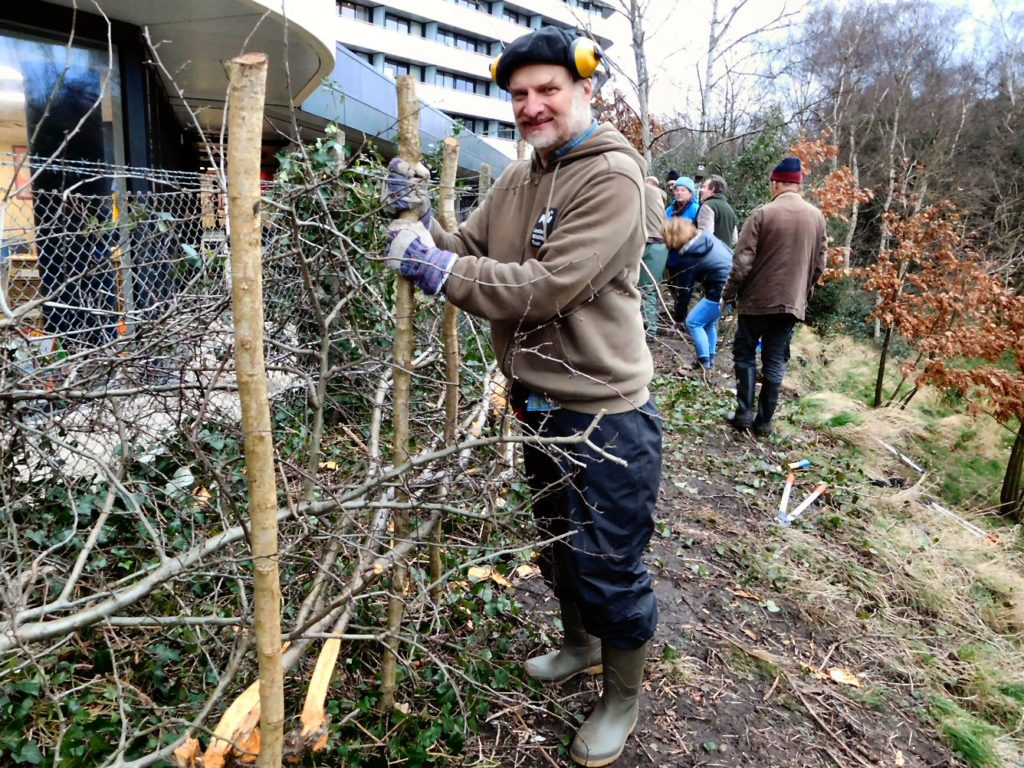
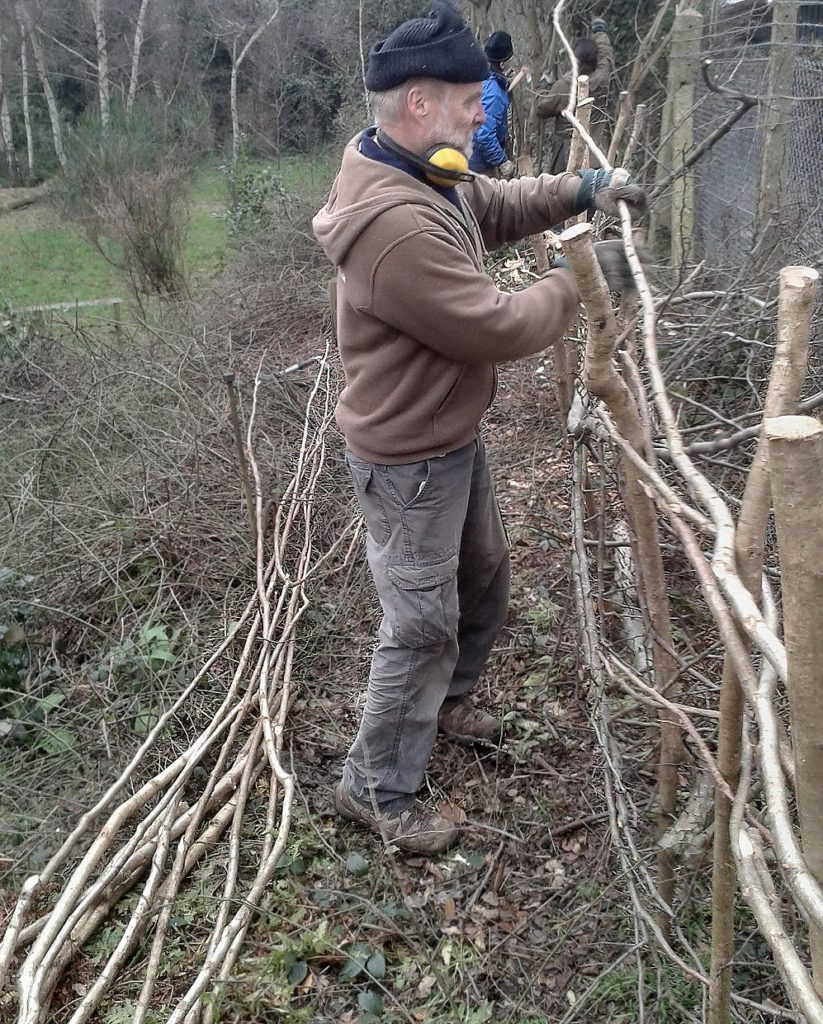
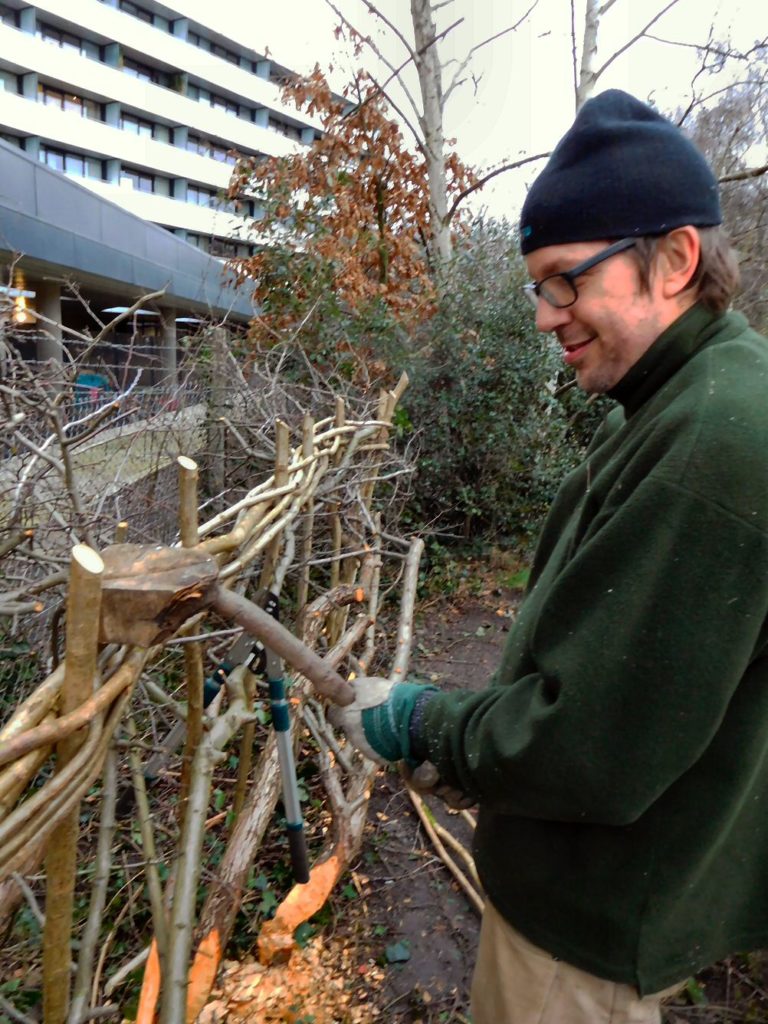
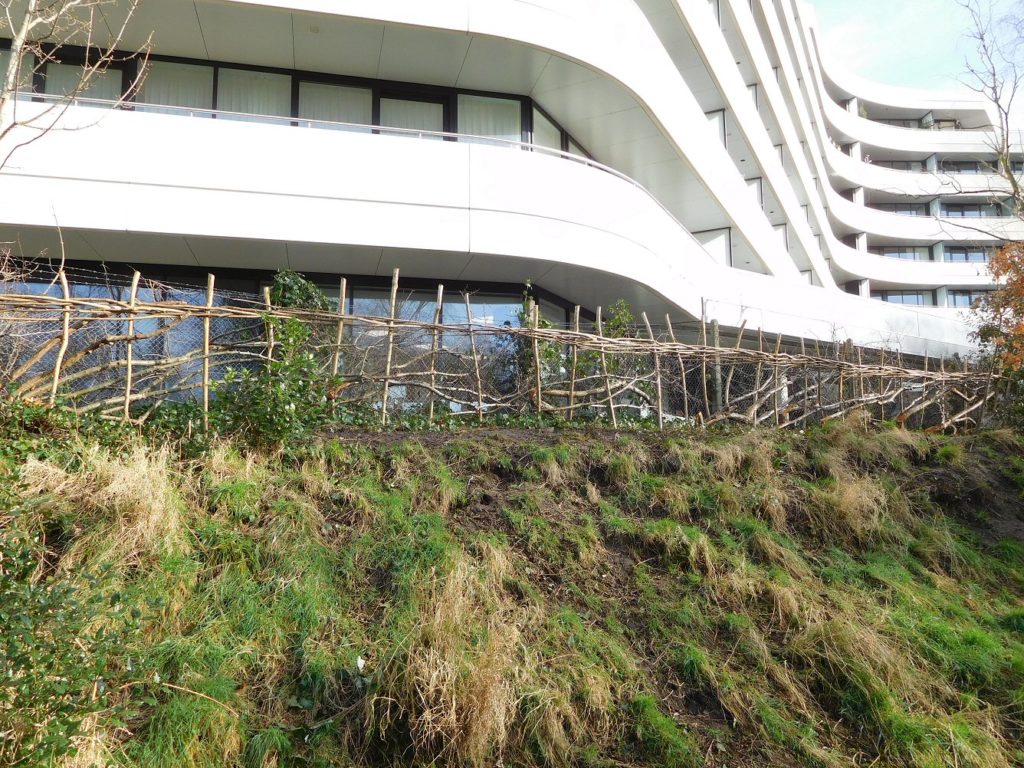
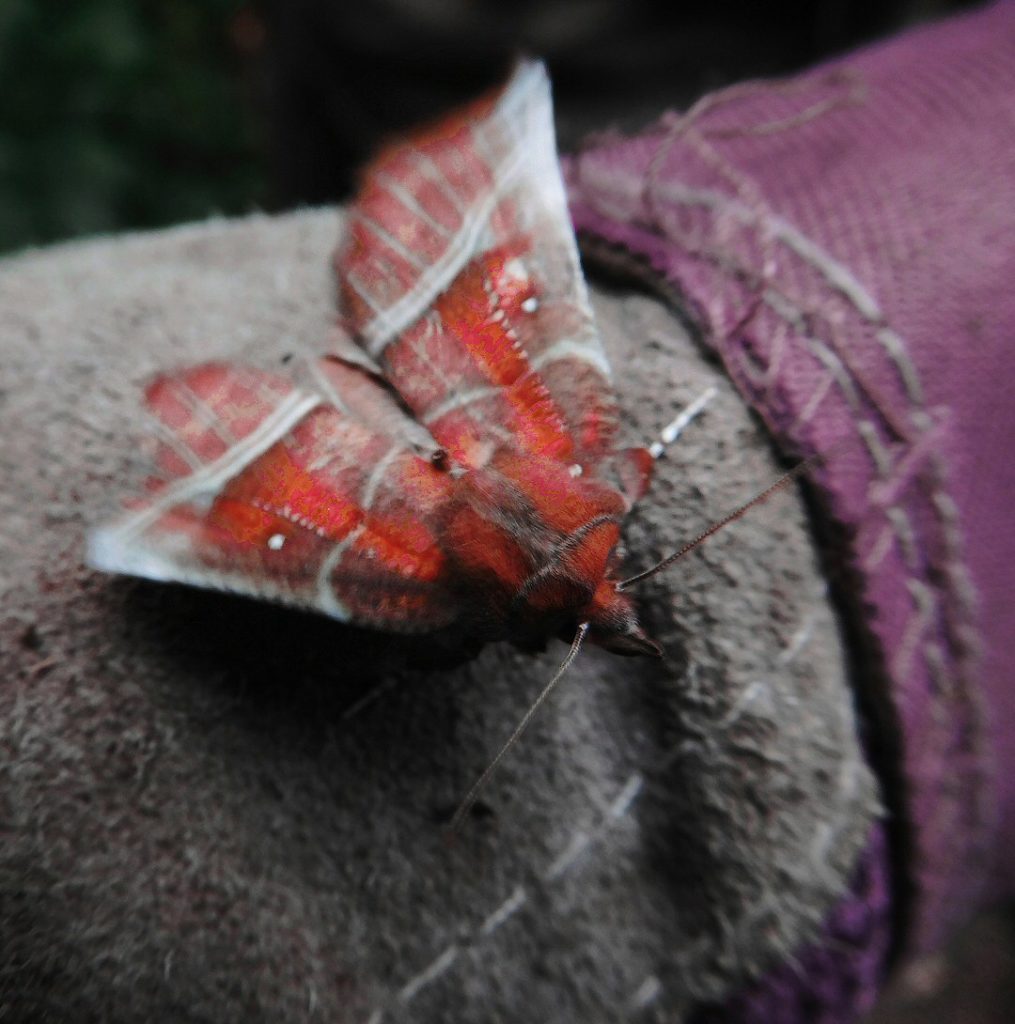
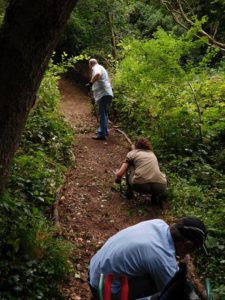
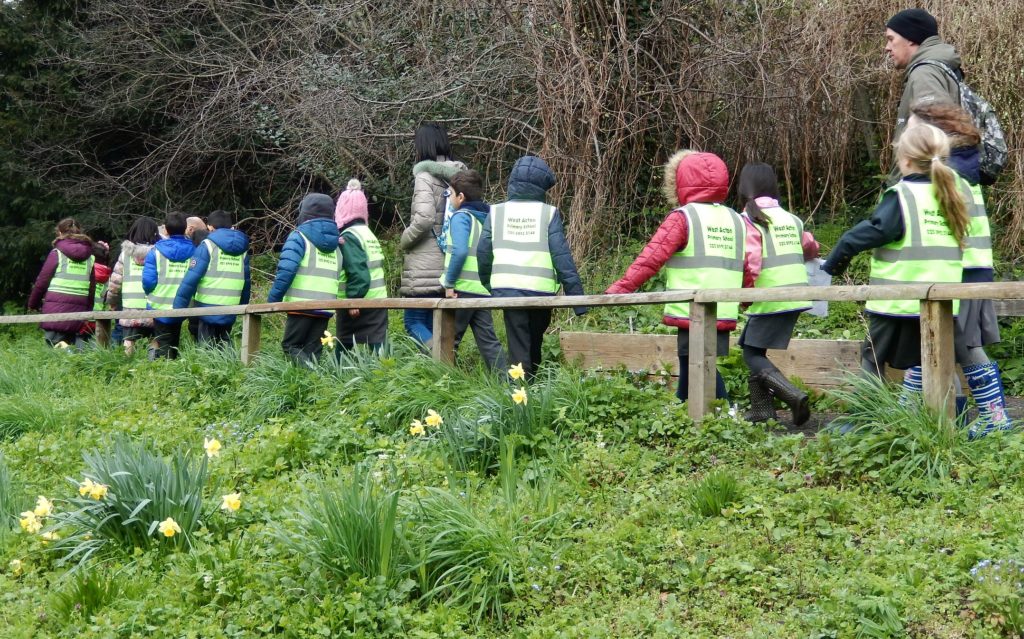
We set to work clearing the patch of meadow in front of the hut: it usually has a mix of wild flowers to welcome visitors, and that’s what we plan for it this year. We hoed out the weeds, raked out the stones, and sieved the earth to create a smooth seedbed.
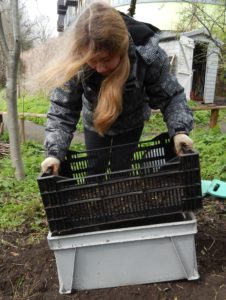
Being at the front of the reserve, we got to see everyone who came in, and there were plenty of visitors!
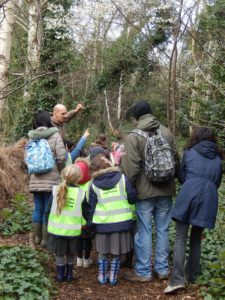
The reserve has 3 main purposes – to conserve nature, to educate children about nature, and to give the public a place to experience and enjoy nature. It’s a pleasure when all of these can be seen happening at once!
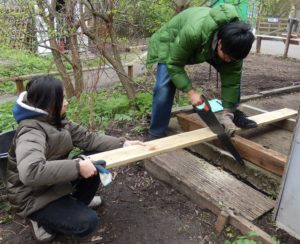
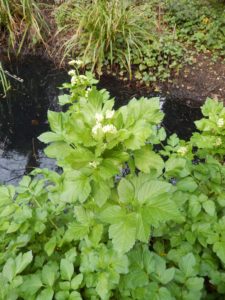
Spring is rushing along with no time to lose. Areas that were bare a moment ago are covered in fresh green leaves. The water plants seem to be especially quick: the Iris blades are feet high already.
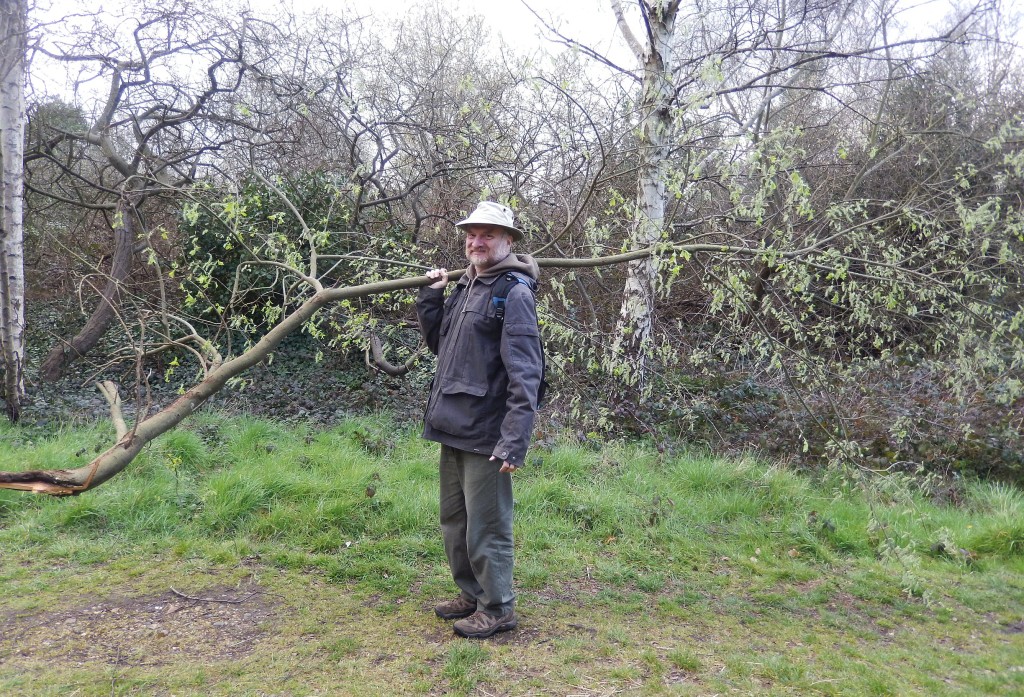
The ‘March Winds’ part of the old proverb came startlingly true on the night of the 27th of March, when two fine big Birch trees blew down, leaving a sad gap. We will perhaps build a wicker dead-hedge and plant a live Hawthorn hedge (to be laid) at the edge of the area, and might even plant some saplings, we’ll see.
Meanwhile, there were branches to be cleared – this one snapped from a Willow just coming into leaf and catkins – and I popped it onto the pile blocking an unwanted path at the end of the picnic meadow. Laura was so surprised to see me “carrying a tree” that I had to pose for the photo.
Spring is however arriving, the first Blackcap on the reserve starting to sing on 3 April.
Among the newly-visible insects are Brimstone and Comma butterflies, Seven-Spot Ladybirds, plenty of bumblebees and early hoverflies (that’s a species), and a few Bee-flies (bee mimics) hovering as they drink nectar.
The male Sparrowhawk, too, flew over as we worked.